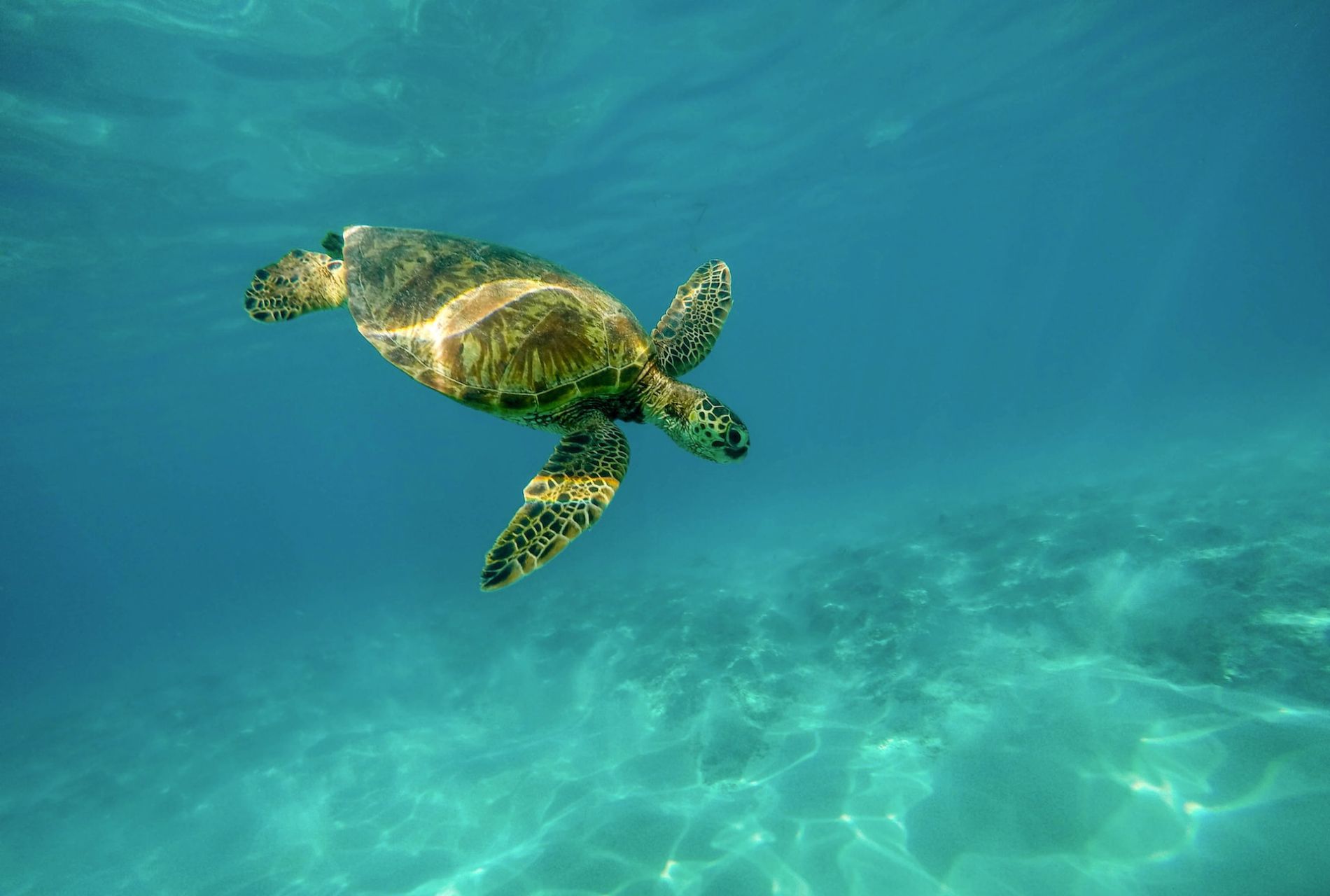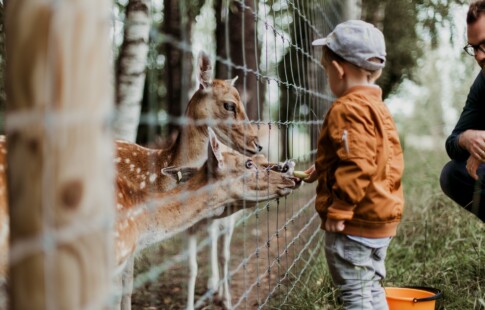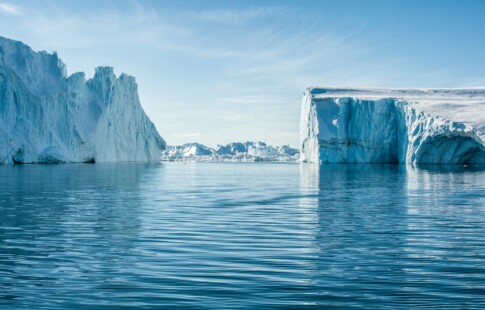
Is Endangered Animal Recovery Possible?
We are reader-supported. When you buy through links on our site, we may earn affiliate commission.
Endangered animal recovery is possible for many species. It occurs when an endangered animal’s population grows big enough that it is no longer at risk of going extinct. There are many factors that contribute to endangered status and recovery. How does endangered animal recovery work and what should everyone know about it?
What Determines Endangered Species Status?
There are a number of factors that contribute to endangered species status. Generally, a species is considered endangered when there are fewer than 2,500 known mature individuals in that species. Endangered species also have a population reduction rate between 50 and 70%, indicating a sharp and concerning decline in the population size.
There are a few different categories of species endangerment. Before a species officially becomes endangered, it is considered vulnerable. A vulnerable species shows declining population but still has between 2,500 and 10,000 known mature individuals. If vulnerable species aren’t adequately protected, they will become endangered.
A critically endangered species has less than 250 mature individuals, many of which may be in captivity or sanctuaries to help protect the species. Critically endangered animals are in imminent danger of going extinct. They need to be intentionally preserved and nurtured to prevent extinction and increase the population size.
Both plants and animals can be endangered. It is difficult to know for sure how many species have gone extinct in Earth’s history since many extinct species were likely not documented by humans. However, there are an estimated 15,000 endangered species on Earth today.
How Endangered Animal Recovery Works
While it is sad to hear about species nearing extinction, endangered animal recovery is possible. It takes years and dedicated effort to bring a species back from the brink of extinction. However, there have been animals that successfully came back from endangered species status.
Addressing Causes of Endangerment
The first step of endangered animal recovery is identifying that a certain type of animal is at risk of extinction. Biologists, zoologists, conservation scientists and other types of naturalist professionals are usually responsible for tracking and identifying at-risk species. Sadly, some species are not even discovered until they are at risk of extinction.
Data collection plays a major role in identifying endangered species. If an animal’s population seems to be declining, scientists will start tagging and tracking individual animals in that species. Traditional methods include using radio, GPS and satellite to track animals with harmless, painless tags or collars.
More recently, though, scientists have begun using AI to track endangered species using image and pattern recognition. AI can also help scientists analyze population data to find important patterns in population growth and decline.
An important part of this stage is identifying the causes of population decline. Species endangerment is often due to a combination of multiple factors, not a single cause. For example, an animal’s habitat might be shrinking due to deforestation at the same time that hunters and poachers are targeting that species.
Once a species is identified as endangered or vulnerable, it is crucial to address the causes of population decline. This might mean increasing public awareness or petitioning for legal protections for the species in question. There are already some laws that protect endangered species from illegal activities like poaching.
Tracking and Increasing Population Size
The next stage of endangered animal recovery is slowing and halting population decline. This requires tracking as many mature members of the species as possible. Wildlife sanctuaries and breeding in captivity may help increase population size, but ideally the species is increasing in its natural habitat.
Increasing the population size of an endangered species takes years or even decades. However, it does pick up pace over time. This is due to the increase in breeding pairs in the species. The more breeding pairs a species has, the more new members of that species will be born each year. This means a species could start off with very slow population growth but experience exponential growth over time as breeding pairs increase.
While endangered species are given time to grow their population, wildlife preservation organizations will ensure that threats to that species are kept under control. Natural threats, such as natural predators, are allowed to function as normal to maintain natural ecosystems and food chains. However, unnatural threats, such as poaching or habitat destruction, are eliminated as much as possible.
Formally Protecting Endangered Animals
There are laws all over the world that provide legal protection for endangered species. For example, in the U.S. there is the Endangered Species Act, passed in 1973. This law provides protections for endangered and threatened species as well as critical habitats.
When scientists discover that a species is threatened or endangered, they will apply to have it added to official endangered species lists. This allows preservation efforts for that species to gain the benefits of legal protection. Formal protection for an endangered species can make it easier to acquire grants for conservation funding, enable critical habitat protection, and foster international cooperation for species preservation.
Endangered species laws may also include processes for involving private landowners in species conservation. For instance, the U.S. Fish and Wildlife Service often works with private landowners to implement conservation measures on land that is not federally owned. Involving private landowners in endangered species protection can be a big help in ensuring that at-risk species have safe havens in their natural habitats.
Delisting an Endangered Species
The ultimate goal of endangered animal recovery plans is to “delist” the species. This means the animal’s population increases to a level that it is no longer in danger of extinction. At that point, the species is officially removed from endangered species lists or “delisted”. Sadly, delisting isn’t possible for all endangered species. Recovered species are usually monitored for several years after delisting to ensure successful population recovery.
Endangered Species Success Stories
Some endangered species have successfully come back from the brink of extinction. Others are not delisted yet but showing significant progress in population growth.
For example scientists have observed a rise in green sea turtle nests over recent years. There were an estimated 80 times more green sea turtle nests in 2020 compared to 1989. While the green sea turtle is still considered endangered, it has moved up to a threatened species in some regions. This means the species’ population is increasing in some areas.
Another species that came back from the brink of extinction is the bald eagle. In 1960 there were fewer than 500 bald eagle breeding pairs in the United States. As of 2023, there are over 316,000 bald eagles in the U.S. and the species is no longer considered endangered.
The Channel Island fox is a unique breed of fox only found in the Channel Islands off the coast of California. This orange and gray fox was nearly extinct in 1999. In fact, one of the Channel Islands had only eight of the foxes left at the time. In 1999, the Channel Islands National Park implemented a recovery plan for the near-extinct species. Today, Channel Island foxes are only a near-threatened species and have a growing population.
Hope for Endangered Animal Recovery
It isn’t always possible for some species to come back from endangered status, which is why it is crucial for humans to protect wildlife. Endangered animal recovery is possible for many species. It requires years of dedicated effort and the support of legal and physical protection measures. Critical habitats have to be protected and restored. Raising public awareness about endangered animals can help support recovery efforts.
Share on
Like what you read? Join other Environment.co readers!
Get the latest updates on our planet by subscribing to the Environment.co newsletter!
About the author
Steve Russell
Steve is the Managing Editor of Environment.co and regularly contributes articles related to wildlife, biodiversity, and recycling. His passions include wildlife photography and bird watching.





